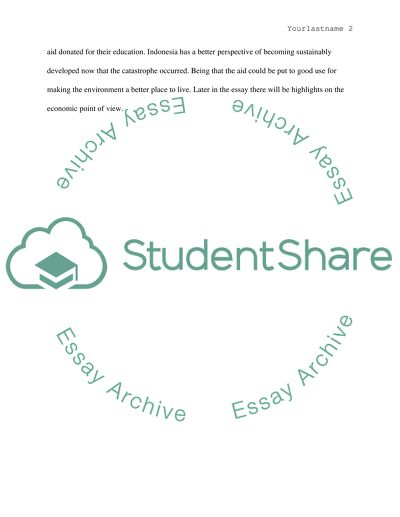Cite this document
(“Geography. Have the various types of aid helped Indonesia recover Essay”, n.d.)
Geography. Have the various types of aid helped Indonesia recover Essay. Retrieved from https://studentshare.org/miscellaneous/1560100-geography-have-the-various-types-of-aid-helped-indonesia-recover-after-the-tsunami-and-what-are-the-issues-that-still-hinder-sustainable-developments
Geography. Have the various types of aid helped Indonesia recover Essay. Retrieved from https://studentshare.org/miscellaneous/1560100-geography-have-the-various-types-of-aid-helped-indonesia-recover-after-the-tsunami-and-what-are-the-issues-that-still-hinder-sustainable-developments
(Geography. Have the Various Types of Aid Helped Indonesia Recover Essay)
Geography. Have the Various Types of Aid Helped Indonesia Recover Essay. https://studentshare.org/miscellaneous/1560100-geography-have-the-various-types-of-aid-helped-indonesia-recover-after-the-tsunami-and-what-are-the-issues-that-still-hinder-sustainable-developments.
Geography. Have the Various Types of Aid Helped Indonesia Recover Essay. https://studentshare.org/miscellaneous/1560100-geography-have-the-various-types-of-aid-helped-indonesia-recover-after-the-tsunami-and-what-are-the-issues-that-still-hinder-sustainable-developments.
“Geography. Have the Various Types of Aid Helped Indonesia Recover Essay”, n.d. https://studentshare.org/miscellaneous/1560100-geography-have-the-various-types-of-aid-helped-indonesia-recover-after-the-tsunami-and-what-are-the-issues-that-still-hinder-sustainable-developments.


